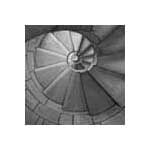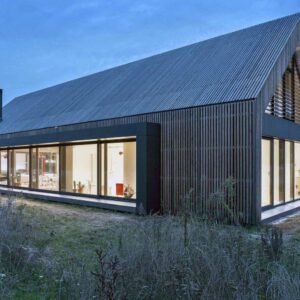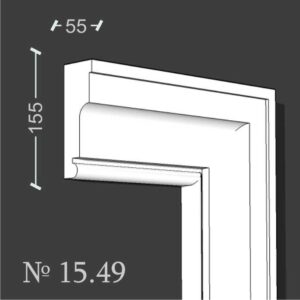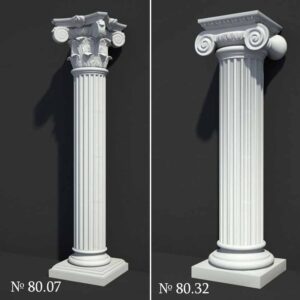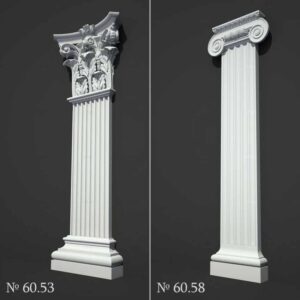In the realm of modern architecture, the fusion of materials often tells a story of innovation, sustainability, and aesthetic appeal. The blend of a ventilated metal facade with timber construction is a testament to this evolution. This combination not only offers structural benefits but also introduces a unique visual narrative that resonates with contemporary design enthusiasts.



| Architects | http://www.caramel.at/ |
| Images | Kerstin O, Paul Eis |
Timber’s Timeless Appeal
Timber has long been a favored material in construction, revered for its natural beauty and durability. Its grain patterns, hues, and textures provide a warmth that many modern homes seek. Historically, timber has been the backbone of many architectural wonders, from ancient temples to medieval fortresses, showcasing its versatility and strength.
In contemporary designs, timber offers a bridge between the past and the present, grounding modern aesthetics in age-old traditions, while also providing a sustainable choice for eco-conscious builders.
Its adaptability allows it to be molded into various forms, from robust beams supporting a structure to intricate designs adorning an interior, making it a favorite among architects and designers.
With sustainable forestry practices, timber also presents an eco-friendly option, ensuring that modern constructions leave a minimal carbon footprint, aligning with global conservation efforts.




Metal Facade: The Modern Edge
Metal, particularly when used as a facade, brings a sleek, modern edge to any building. Its reflective surface captures the changing hues of the sky, making the structure come alive with colors.
The use of metal in architecture dates back centuries, but its incorporation as a ventilated facade is a relatively new innovation, offering both aesthetic and functional benefits.
Ventilated facades offer enhanced insulation, regulating indoor temperatures and ensuring energy efficiency, making them a top choice for modern constructions.
The juxtaposition of metal’s cold, hard surface with the organic feel of timber creates a harmonious balance, a dance of contrasts that is visually captivating.
Moreover, the durability of metal ensures longevity, while its sleek appearance provides a contemporary touch, making it a preferred choice for urban structures.


The Sustainability Factor
The combination of metal and timber isn’t just about aesthetics; it’s a nod to the growing demand for sustainable building practices. Timber, when sourced responsibly, is a renewable resource, absorbing carbon dioxide during its growth and storing it even after being converted into construction material.
Metal facades, especially when ventilated, contribute to energy efficiency. They act as a barrier, reflecting excessive sunlight and reducing the need for artificial cooling, thus conserving energy.
Moreover, the longevity of metal means less frequent replacements, reducing waste and the demand for new raw materials.
The ease of maintenance for both materials also ensures that the building remains eco-friendly throughout its lifespan, with minimal repairs and replacements.
Furthermore, as the world leans more towards green building certifications, such a combination can significantly contribute to earning points in sustainability metrics, making the structure not just beautiful but also environmentally responsible.

A Symphony of Textures
One of the most striking aspects of combining timber with a metal facade is the play of textures. Timber, with its natural grain and warm touch, contrasts beautifully against the smooth, cool touch of metal.
This interplay creates a tactile experience for inhabitants and visitors, making the building not just a visual delight but also a sensory one.
The roughness of timber juxtaposed with the sleekness of metal also creates shadow plays, especially when illuminated, adding another dimension to the architectural narrative.
Such a combination also allows for flexibility in design, where spaces can transition from rustic to modern just by varying the dominance of one material over the other.
In essence, it’s not just about two materials coming together; it’s about creating a multisensory experience, a story told through touch, sight, and even sound.

The marriage of ventilated metal facades with timber is a testament to the evolving landscape of architecture. It’s a blend of tradition with modernity, of sustainability with innovation. As we move forward, such combinations will not just be about creating structures but about crafting experiences, about building responsibly while making a statement. It’s a journey of discovery, of pushing boundaries, and of celebrating the beauty that arises when two seemingly contrasting elements come together in harmony.
